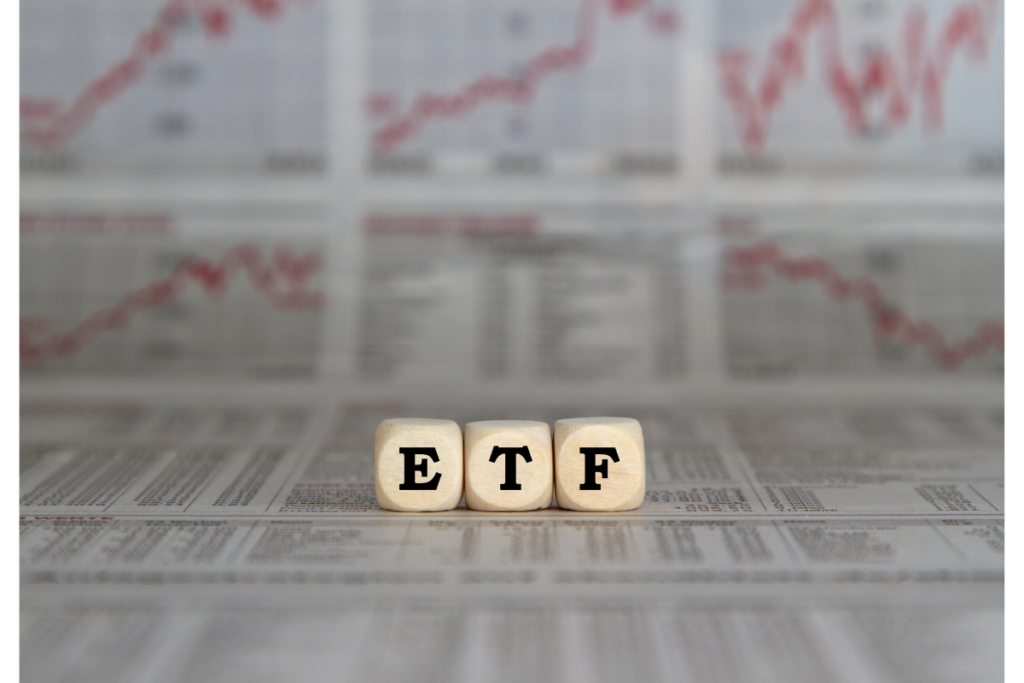The 3 best ETFs to start building your portfolio!
Let’s start with what Exchange Traded Funds actually are. In a few words, investing in ETFs is an accessible, passive and diversified way of starting your investment journey. Exchange Traded Funds, or, ETFs can be seen as a basket of securities traded on an exchange. ETFs can track everything from commodity prices to certain indexes or even specific strategies. This enables you to easily diversify yourself by owning multiple underlying assets. If you were to invest $100 into a technology ETF, the fund manager would distribute your $100 over all the holdings in the fund. For example, that means that you would have invested $6 in Apple, $4 in Microsoft, $3 in Tesla and so on. Imagine having to buy all these shares individually, that would cost you thousands! Why buy a piece of the pie when you can buy the whole pie!
We will be looking at three of the most basic ETFs that are available and we will discuss their main holdings, the expected returns, and the costs associated with them. For our personal portfolio we aim for “steady growth”. Meaning, we want to sit in the middle of two extremes. The “boring” dividend companies and the high-growth small cap companies. With this “steady growth” strategy we combine both the expected growth of the more risky and innovative companies with the stable cash flow and dividend paying safety of the more established companies. We believe this is the best way to create a well-diversified long-term sustainable portfolio. This way, you will be able to sleep at night by holding great companies during pessimism while not having too much fear of missing out (FOMO) during optimism. Here we will discuss three Exchange Traded Funds which are also held in the Keys to Investing ETF Portfolio!
Always keep in mind that there is quite a significant overlap in the largest holdings of these funds. Meaning, if you were to hold all three of these ETF’s, your portfolio performance will already be largely influenced by large individual stocks such as Apple, Microsoft and Alphabet.
This is NOT financial advice
The information displayed on this website including all the resources and links available on the website are not intended as, and shall not be understood or construed as, financial advice. I am not an attorney, accountant or financial advisor, nor am I holding myself out to be, and the information contained on this website is not a substitute for financial advice from a professional who is aware of the facts and circumstances of your individual situation.
Our best actions have been put forward to ensure that the information on this website including the resources are accurate and provide useful information. Regardless of anything to the contrary, nothing available on or through this website should be understood as a recommendation that you should not consult with a financial professional to address your particular information. The company expressly recommends that you seek advice from a professional.

